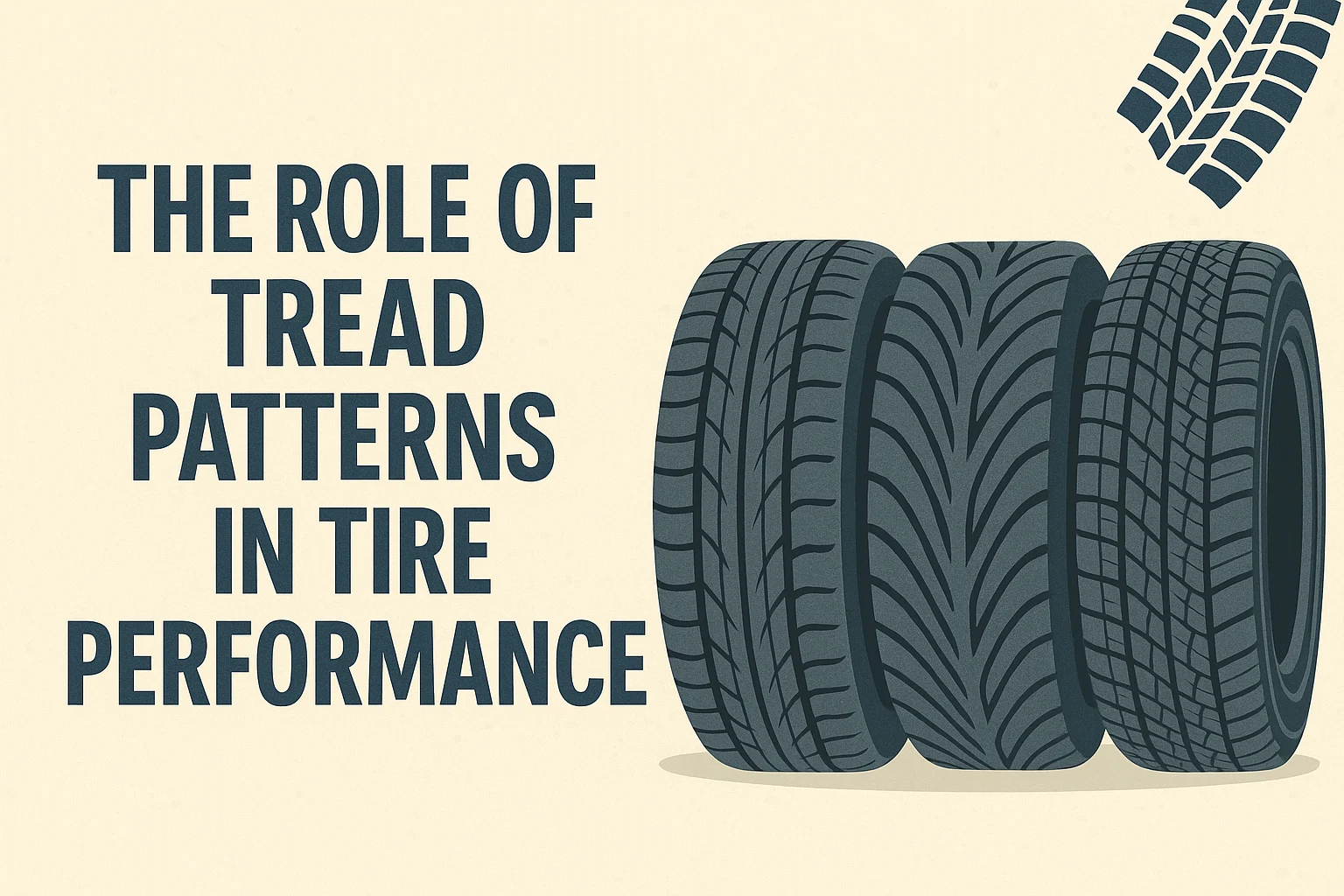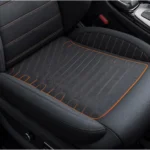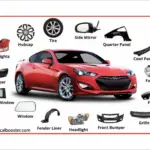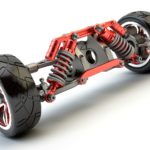
Tires are an important part of your vehicle, affecting its performance and efficiency level. Whereas most people like to talk about tire size or brand, the tread pattern is a big help in determining how it will perform. You will have a better drive when you know these patterns.
Understanding Tread Patterns
The grooves and channels on a tire’s surface make up its tread pattern, which improves traction and boosts fuel efficiency. All designs are created for specific driving conditions, so it is important to choose the correct pattern for the performance. Bridgestone Tires offers various tire tread patterns for driving conditions and performance needs.
Types of Tread Patterns
The most common are specific tread designs, which vary for different needs. They generally take the shape of symmetrical tread designs that deliver a uniform and smooth ride, making them perfect for daily drives. These patterns offer good performance and can be rotated in several ways to maximize tire life.
Asymmetrical tread patterns, on the other hand, feature multiple block shapes and sizes. They improve cornering and handling, making them more suitable for sport driving. Typically, the outer half of the rubber is composed of larger blocks for grip, whereas the inner half is designed for water separation.
The tread pattern grooves are V-shaped, which drives water away from the contact patch and helps reduce hydroplaning. Ideal for driving at high speeds in wet conditions
The Impact on Safety
Tread patterns are the key to a vehicle’s grip. The right design prevents slippage in the rain by channeling water away from the tire. This helps reduce the chances of losing control, thus making it safer to drive.
Drivers get a better grip on dry surfaces than others, improving braking traction. A sensible tread cuts the stopping distance for a quick stop.
Fuel Efficiency Considerations
Tread designs impact even fuel consumption. Low rolling resistance tires demand less energy to roll, improving fuel efficiency. In this case, symmetrical patterns are usually the best, with the most balance between grip and energy expenditure.
While aggressive tread patterns provide stronger traction, they also create more rolling resistance, which can reduce fuel efficiency. Choosing the right tire means balancing performance and fuel economy.
Performance in Various Conditions
Naturally, distinct tread patterns respond to different driving conditions. Tire grooving is another topic, but deeper grooves and wider gaps generally help in snow. This allows snow to pack in between the grooves to grip slippery ground.
At the rough end, these tend to use stouter tread patterns with bigger blocks and deeper channels tailored for heavy-duty use over trails. These designs provide stability and command on non-traditional surfaces, making them ideal for adventurous driving.
The Importance of Regular Maintenance
Retaining tread patterns can ensure a longer lifespan for your tires. Identifying tramlining early on can help maintain performance and safety, with regular inspections ensuring that performance is not degraded by uneven wear. Rotating tires regularly helps distribute even wear among all tires, which gives them a longer life.
Proper inflation is another thing. If the tires are not inflated properly, they will wear out unevenly, which can reduce the effectiveness of the tread pattern. Getting the right pressure maximizes safety as well as efficiency.
Choosing the Right Tread Pattern
Choosing the right tread pattern also depends on driving behavior and conditions. The directional patterns provide better water dispersion for those driving in the rain. On dry roads, balanced symmetrical designs are favored by some commuters.
Asymmetrical tread patterns enhance high-speed handling and cornering, making them a great choice for performance-oriented drivers. Those driving on snow will want winter tires with deeper grooves.
Conclusion
Tire tread design is not simply a cosmetic trait. It is essential to safety, performance, and efficiency. A better comprehension of the distinctions and advantages of each setup can enable drivers to make lucrative decisions for a comfortable and safe travelling experience. These benefits become even more pronounced with regular maintenance.








